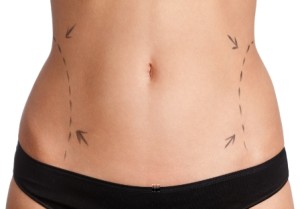
Tumescent Technology Changes the Face of Liposuction
While liposuction gained popularity in the 1970s, the tumescent technology practiced today wasn’t implemented until 1985. This groundbreaking technology quickly became the gold standard for liposuction and has provided highly successful results to millions of people all over the world.* By introducing anesthetic lidocaine with an injected saline solution during the procedure, tumescent technology can continue delivering body contouring results while reducing surgical risks.*
Improving on the Gold Standard?
Building upon the basic principle of traditional lipo, ultrasonic liposuction (UAL), also known as LipoSelection, uses ultrasonic waves to liquefy fat cells during the removal process rather than simply loosening the fatty deposits with tumescent fluid.
LipoSelection is different from traditional liposuction in two primary ways:
- Due to the efficacy of ultrasonic waves, I can use less force during the procedure, offering patients a gentler approach with significantly less bruising post-surgery.*
- UAL waves focus primarily on fat cells. This tissue-selective capability minimizes damage to the surrounding tissues while allowing for greater precision, a combination that leads to excellent body contouring results for the patient.*
When choosing which method is best suited toward your personal goals, it’s important to remember that finding the right board certified plastic surgeon to handle your procedure should come first priority, as technical skill matters far more than specific technique.
*This information is for education only, and is not meant as a guarantee of results. Your results may vary.
Related Posts






